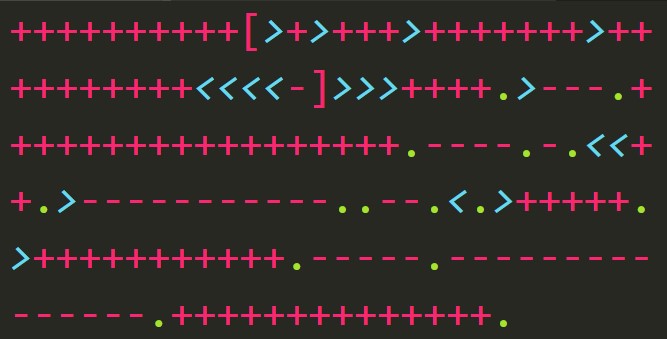“Grok” is a great word we’ve co-opted from a great novel. It adds some very important nuance when we talk about how intimately we understand what we’re doing.
This is why I write.
Script kiddies and code monkeys
First off, let me say that we’re all script kiddies and code monkeys. I wouldn’t believe anyone who says they’ve skipped this stage for everything they’ve done.
Many people won’t get past this point. Some don’t need or want to. These people do; they copy snippets and scripts and hope they work out of the box. They don’t really grasp why all of it works.
This is a great place to be. Unless you found a way to get paid only for knowing stuff (call me if you have), you’ll have to do something with what you know. On the flip side, you need a way from doing to knowing.
Knowing what you do
What the hell was I doing?
If there was a word cloud for my thoughts, this would probably be the biggest of them all. By a long shot.
I usually hit a downward spiral of reading commit messages, looking for documentation I generated, and rereading stuff I found online.

Eventually, I spend enough time in the traffic circle that I learn to get in and out more quickly. Just like real life, I usually have to go through the same circle at least twice before I know for sure how best to navigate it.
Maybe I’m a bad driver. But anyway.
Once I can tighten up this loop of seeing a problem and solving it, I feel pretty confident that I finally know at least the fundamentals.
Grokking in fullness
Eventually, I can visualize specific traffic circles, recognize patterns, and move between the general and the specific. Being able to make accurate assumptions about traffic circles I’ve never seen is the first indicator that I’m grokking the problem.
Grokking is an intuitive understanding, often hard-won.
I’m a writer, I guess?
I write a lot of content. I probably write about what I do more than I actually…do what I do. I usually gain insights into what I’m writing about and I always get further into grokking it.
My naïve motivation is to get other to understand what I’ve done. Hopefully my work is self-descriptive enough that I don’t need to write volumes to explain what’s going on or why I think my approach is good or appropriate.
A mature approach is writing to teach about the underlying problem and how solutions can be approached. It’s a whole “teaching someone to fish” thing, I guess. If I’ve successfully taught an audience, I probably grok what I’m writing or talking about.
So here I am, writing to learn, to teach, and to entertain at least as much as dad jokes.
– Hey, I was thinking.
– I thought I smelled something burning!





